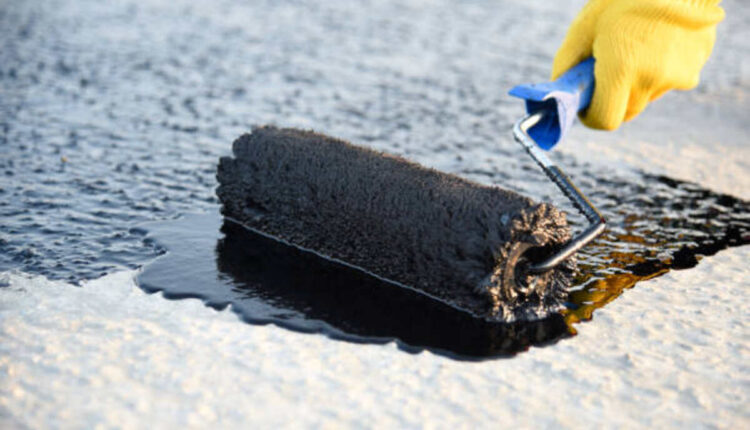Historic homes are valued for their architectural beauty and historical significance, but they also have unique challenges, especially when it comes to basement waterproofing. These residences often have original foundations and basements that were built with resources and techniques that may not meet modern waterproofing expectations. In this article, we will explore the actual challenges of waterproofing cultural basements and discuss customized solutions that often respect the integrity of these treasured houses. Have the Best information about
SBW Basement Waterproofing Springfield, MA.
1 . Understanding the Unique Properties of Historic Basements
Cultural homes often feature basements constructed using regular materials like fieldstone and brick. These materials are usually porous and less effective at blocking water infiltration than current concrete and waterproofing programs. Additionally, historic basements could have been built without the benefit of fashionable drainage systems or basement waterproofing techniques, making them more at risk of moisture problems.
One major characteristic of historic basements is their often unusual construction. The use of hand-hewn jewel or brick and sloping foundation walls can present obstacles to modern waterproofing procedures. Furthermore, these basements usually have low ceilings and confined access, complicating the installation of entirely new systems.
2 . Preserving Cultural Integrity While Implementing Current Solutions
When it comes to waterproofing cultural basements, striking a balance between retaining the home’s historical condition and implementing effective current solutions is crucial. One solution is to use noninvasive methods that experts claim do not alter the original design. For instance, applying breathable basement waterproofing coatings to the interior partitions can help manage moisture without affecting the appearance of the original brickwork.
Another option is to use advanced, noninvasive technologies, such as interior drainage systems, which can be installed on the perimeter of the basement without disturbing the historic resources. These systems can correctly channel water away from the foundation while preserving the basement’s original features.
3. Restoring and Reinforcing Old Footings
Many historic homes have foundations that require repair or perhaps reinforcement to improve their protection capabilities. One common concern is the deterioration of the authentic masonry, which can lead to breaks and water infiltration. To handle this, professionals may use customized mortar and masonry methods to repair and reinforce the inspiration while maintaining the historic physical appearance.
In cases where the foundation is seriously compromised, underpinning methods like installing helical piers or perhaps steel push piers could be necessary. These methods supply additional support to the basis without altering its traditional character.
4. Addressing Modern-day Water Management Needs
Although historic homes may have been developed without modern waterproofing considerations, it is essential to address current water management needs to prevent destruction. Installing modern sump pumping systems with backup power options can help manage water ranges and prevent flooding. Additionally, modern dehumidifiers can be used to control dampness levels in the basement, lowering the risk of mold and mildew.
To complement these kinds of systems, homeowners may also consider installing interior French écoulement or drainage mats that direct water to the sump pump. These solutions could be discreetly integrated into the cellar without compromising the historical aesthetics.
5. Professional Experience in Historic Waterproofing
Given the complexities involved in protecting historic basements, it is essential to use professionals who have experience with landmark properties. Companies such as SBW Basement Waterproofing Springfield, MA, located at 616 Dwight St, Springfield, MOTHER 01103, specialize in providing personalized solutions for historic houses. Their expertise ensures that contemporary waterproofing solutions are applied effectively while preserving the landmark property’s integrity and character.
Conclusion
Protection of historic basements requires an innovative approach that respects the initial characteristics of these treasured houses while addressing modern drinking water management needs. By using noninvasive methods, repairing and rewarding old foundations, and applying modern water management techniques, homeowners can protect their historic basements from water damage and mold while preserving their historic significance. Working with experienced experts is crucial to achieving an effective balance between preservation and protection.
Read also: How to Prepare an Area for Deck Demolition.


